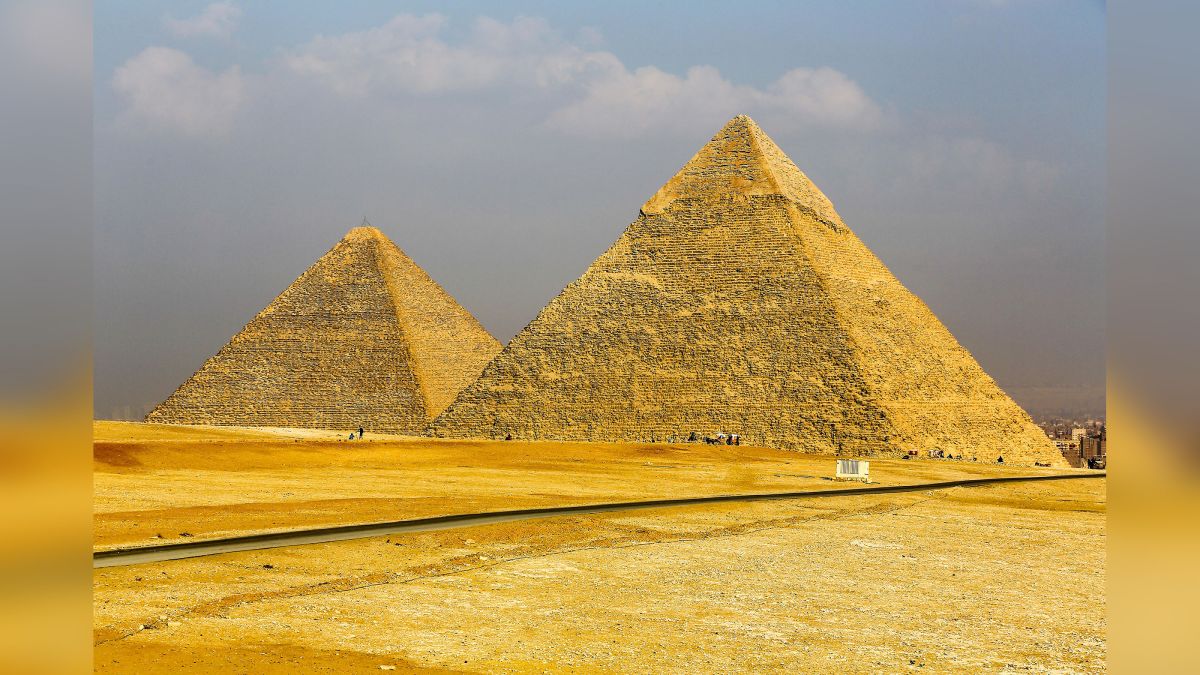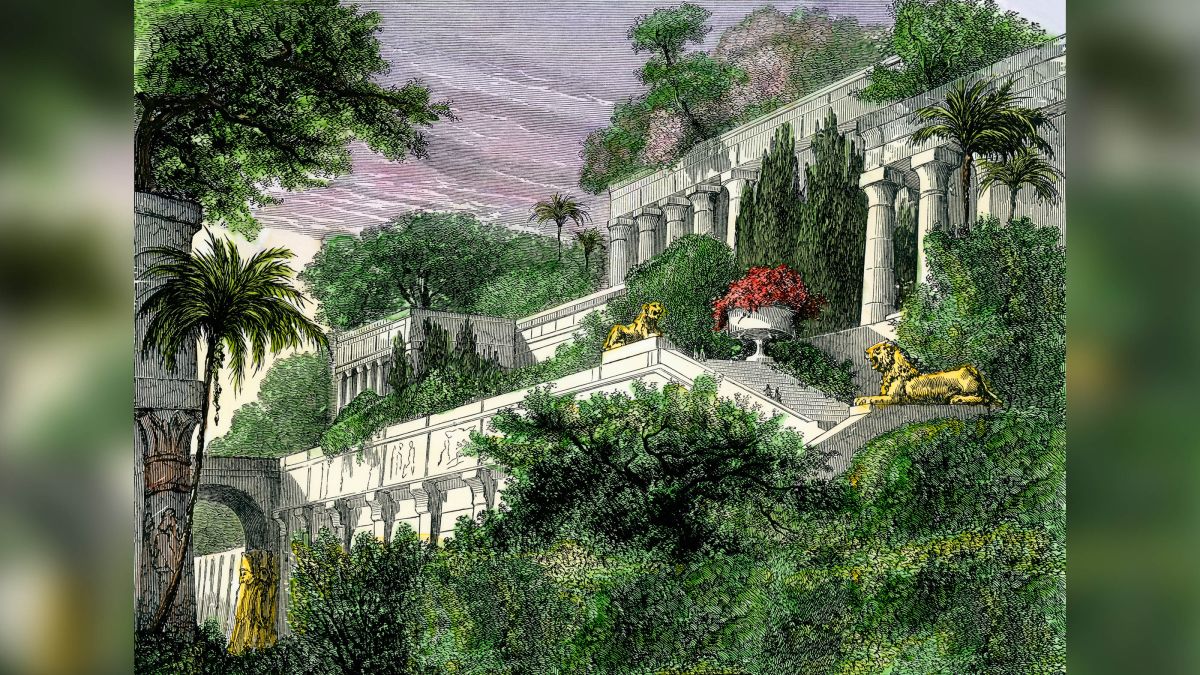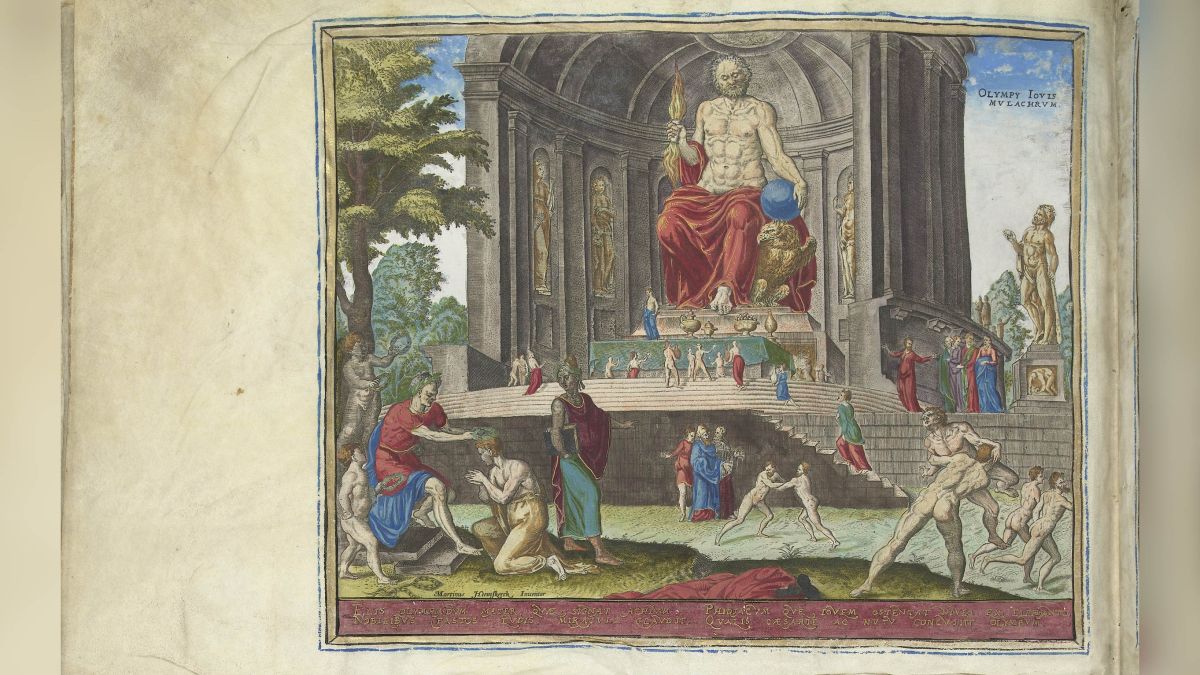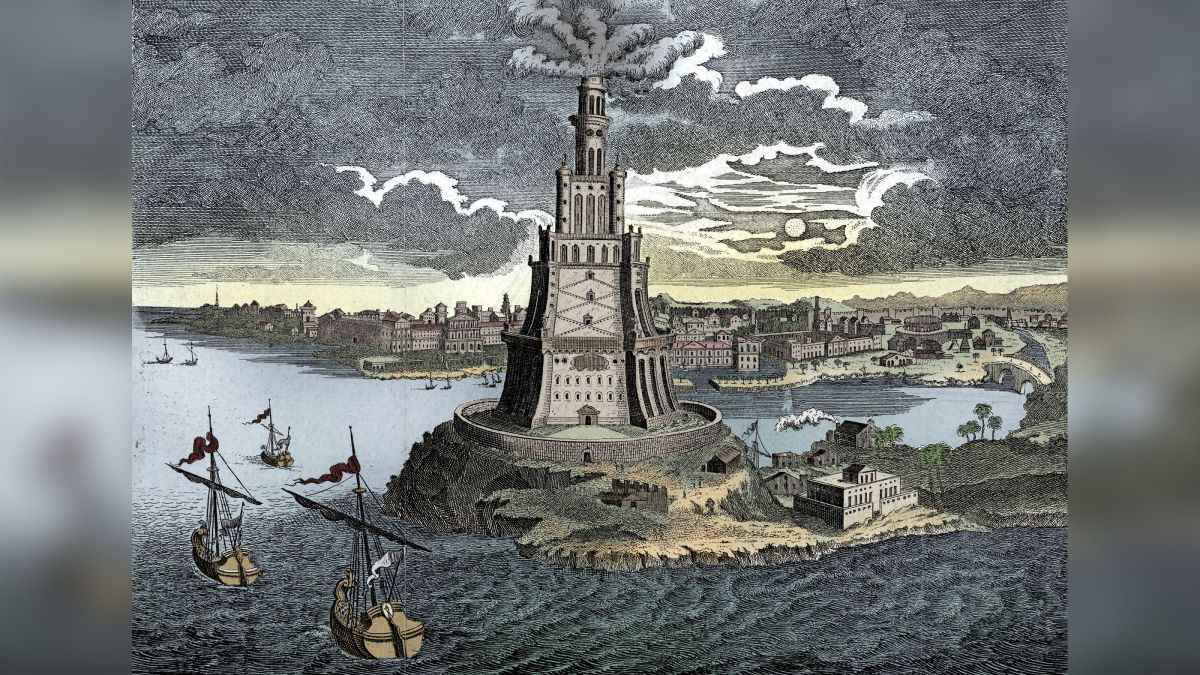The 7 Wonders of the Ancient World – A Fascinating Journey Through History
The 7 Wonders of the Ancient World, From the remarkable Hanging Gardens of Babylon to the majestic Pyramids at Giza, the ancient wonders of the world continue to captivate our imagination. These exceptional pieces of architecture and art, located in the Middle East, North Africa, and southern Europe, have withstood the test of time and remain iconic symbols of human achievement.
Throughout history, various ancient and medieval writers from Europe and the Middle East debated and described what are now known as the seven wonders of the ancient world. Although not all writers used the term “wonder” to describe them, the ancient Greek writer Herodotus was among the earliest to discuss these marvels. While Herodotus’ writings on the wonders did not survive, later texts referenced his accounts.
Over millennia, different authors proposed various sites for inclusion in the list, and it was only during the Renaissance that the list became relatively fixed, as stated by archaeologists Peter Clayton and Martin Price in their book, “The Seven Wonders of the Ancient World” (Routledge, 1988).
7 Wonders of the Ancient World
1. The Great Pyramid at Giza, EGYPT

The Great Pyramid at Giza is not only the oldest wonder on the list but also the sole survivor among the seven. Constructed as a grand mausoleum for Pharaoh Khufu around 4,600 years ago, it held the title of the world’s tallest structure until 1311 AD when Lincoln Cathedral’s central tower was completed in England.
Originally towering at 481 feet (147 meters), the Great Pyramid now stands at 455 feet (139 m) due to some stone loss. Its interior features a complex system of passageways leading to the “king’s chamber,” an empty sarcophagus. Additional passageways lead to the “queen’s chamber” (though unlikely to have held a queen) and a subterranean chamber, the purpose of which remains a topic of debate. In recent years, scientists detected a large void above the grand gallery and a hidden 30-foot-long corridor above the pyramid’s north face entrance.
The pyramids at Giza are part of the Memphite Necropolis, a UNESCO World Heritage Site that includes other ancient Egyptian burial sites such as Saqqara and Dahshur.
2. The Hanging Gardens of Babylon, IRAQ

Legend has it that the sixth-century B.C. Babylonian king Nebuchadnezzar II constructed the Hanging Gardens for his wife, Amytis of Media, who longed for the lush landscapes of her homeland in Persia. While several ancient writers described these gardens, their actual existence remains a matter of debate among archaeologists.
Located in the ancient city of Babylon, modern-day Iraq, archaeological excavations have not conclusively identified the site of the Hanging Gardens. Some theories suggest the gardens might have been at the Mesopotamian city of Nineveh, near modern-day Mosul in northern Iraq.
3. Statue of Zeus at Olympia, GREECE

Created around 450 B.C., the seated figure of Greece’s chief Olympic deity, Zeus, stood at an impressive 40 feet (12 m) tall. Designed by the sculptor Phidias, the statue depicted Zeus seated with his head almost touching the roof, giving the impression that standing upright would unroof the temple.
In A.D. 40, the Roman emperor Caligula planned to steal the statue and replace the heads of famous statues of gods with his own, but his assassination prevented these actions. The exact date of the statue’s destruction remains unclear, but records suggest it might have been during the fifth century A.D., as Christianity became the official religion of the Roman Empire, leading to the persecution of traditional Graeco-Roman beliefs.
4. Temple of Artemis at Ephesus, TURCKEY

Built around 550 B.C. by Croesus, King of Lydia, the Temple of Artemis at Ephesus was admired for its beauty. A man named Herostratus set the temple ablaze around 356 B.C., but it was later rebuilt. By the fifth century A.D., it was either abandoned or destroyed, with the remains lying in ruins.
5. Mausoleum at Halicarnassus, TURCKEY

Constructed for Mausolus, a satrap of Caria, the Mausoleum at Halicarnassus, gave rise to the term “mausoleum.” It was built around 353 B.C. and was praised by ancient writers for its splendor. The temple was partially destroyed over time, and what remains today lies in ruins.
6. Colossus of Rhodes, GREECE

The Colossus of Rhodes, a massive statue representing the Greek sun god Helios, was constructed on the island of Rhodes around 280 B.C. and collapsed during an earthquake in 226 B.C. While its exact location and height are debated among scholars, it is believed to have been around 110 feet (34 m) tall and stood on a three-tiered column about 50 feet (15 m) tall.
7. Lighthouse of Alexandria

Built during the reign of Ptolemy II Philadelphus around 285 B.C., the Lighthouse of Alexandria was a magnificent structure guiding mariners into the ancient port city of Alexandria. Although it collapsed in the mid-14th century due to earthquakes and coastal erosion, its remains, along with a significant portion of ancient Alexandria, lie underwater.
The wonders of the ancient world continue to inspire awe and curiosity, reminding us of the incredible achievements of past civilizations and their enduring legacy in human history.



